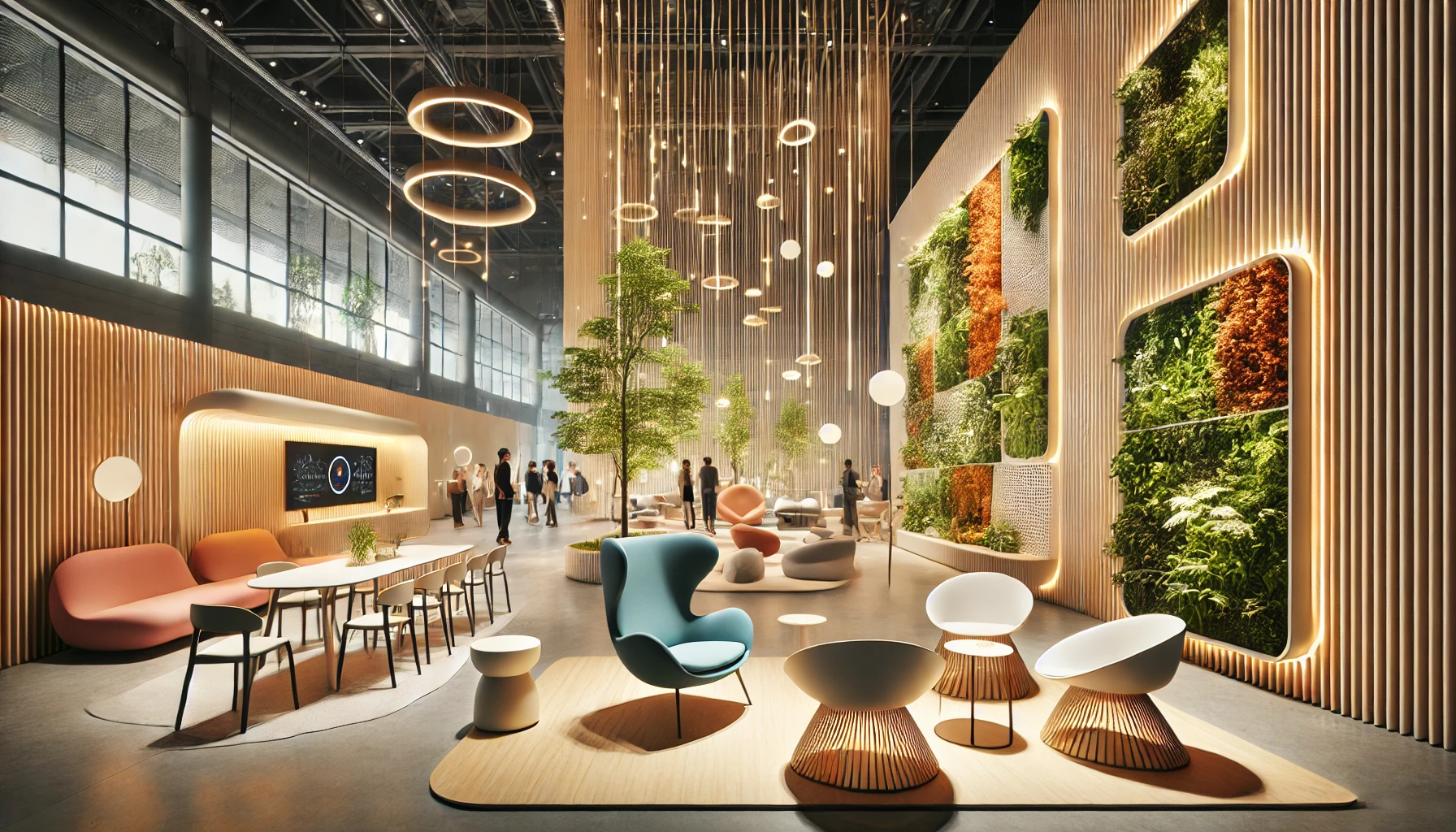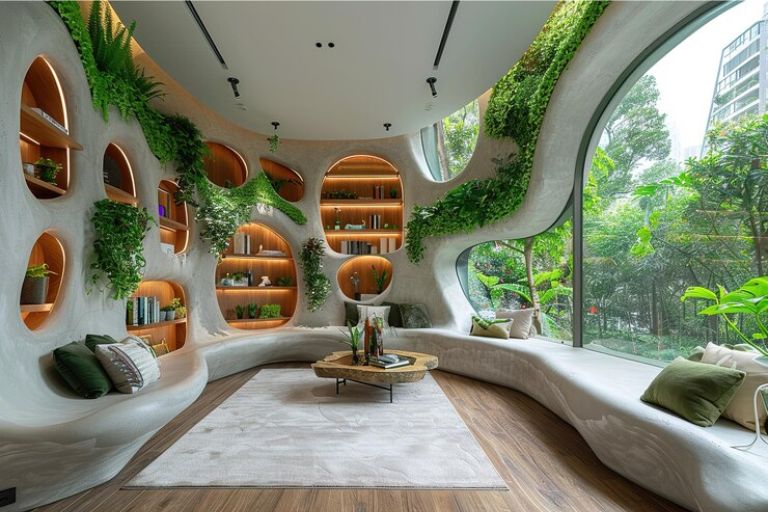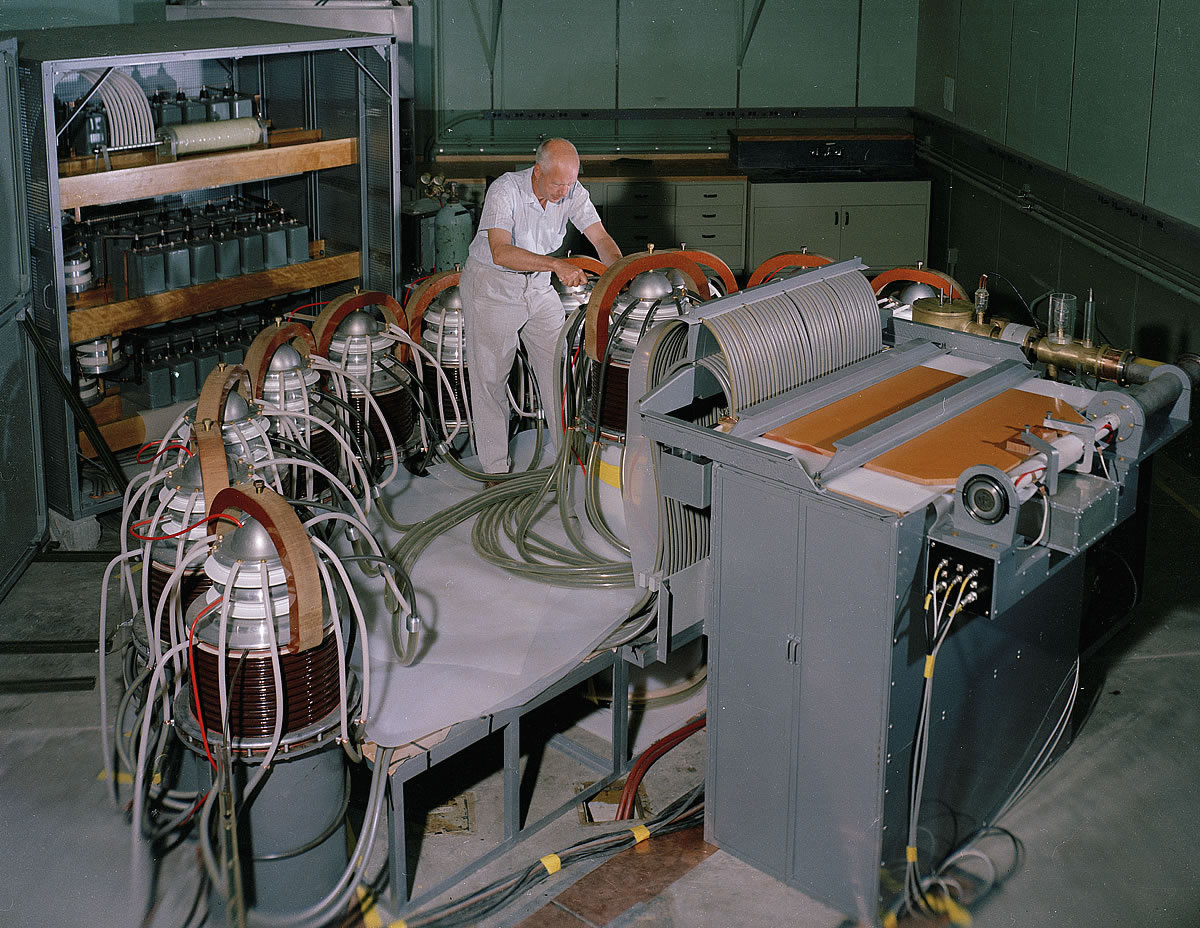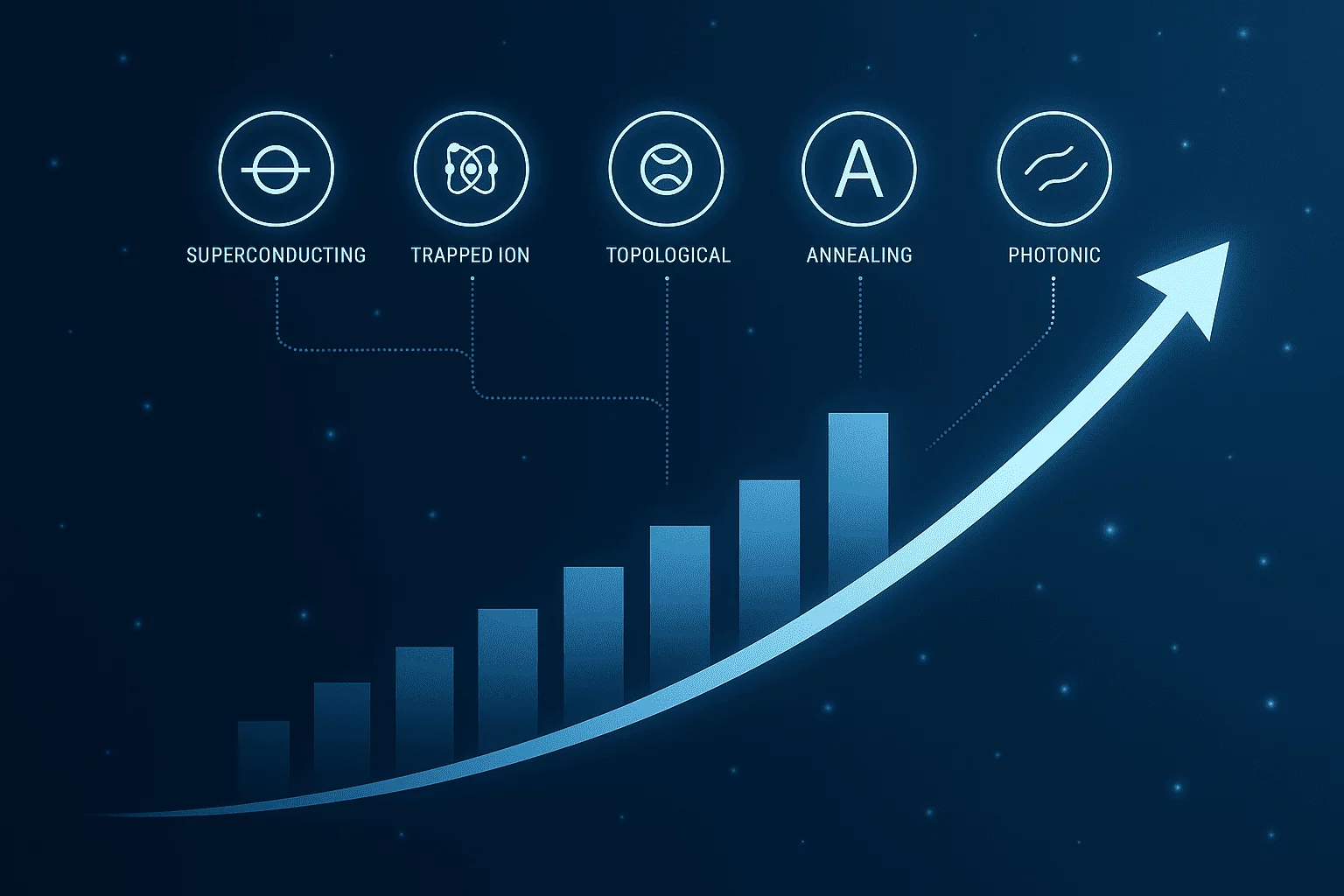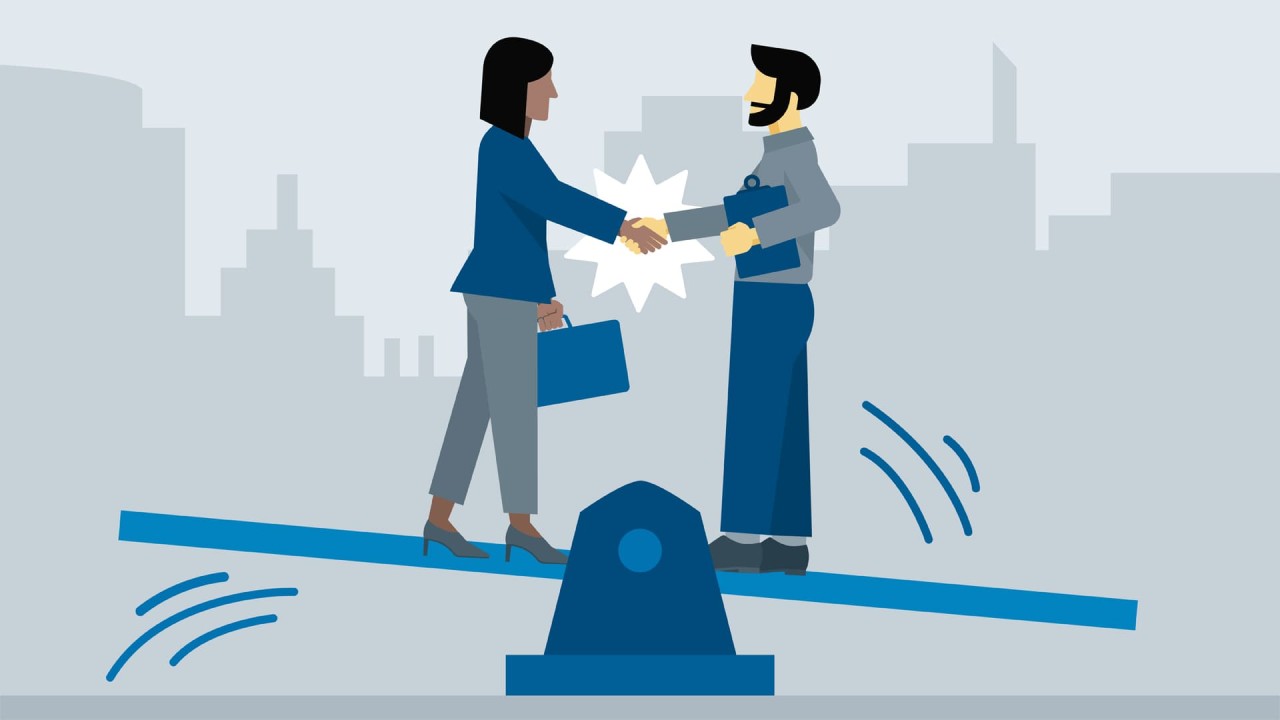Every year, Stockholm Design Week sets the tone for the future of interior design, and 2026 was no exception. From sustainable materials to AI-driven aesthetics, the event showcased how homes and workspaces are evolving to meet the demands of a rapidly changing world. This year, the focus was clear: harmony between technology, nature, and emotional well-being. Leading designers and brands introduced biodegradable materials, smart textiles, dopamine-driven color palettes, and futuristic minimalism—all shaping the way we interact with our spaces. Let’s dive into the biggest interior design trends unveiled at Stockholm Design Week 2026 and how they are redefining the way we design and experience our environments.
The Rise of Emotional Interiors: Colors That Spark Joy
Color psychology took center stage as brands and designers embraced the power of dopamine décor—bold, high-energy hues designed to uplift moods and enhance creativity.
| Color | Emotional Effect | Best Interior Applications |
|---|---|---|
| Electric Pink | Boosts confidence and playfulness | Accent walls, statement furniture |
| Sunny Yellow | Evokes happiness and energy | Kitchens, workspaces, decor elements |
| Cobalt Blue | Enhances creativity and focus | Art studios, home offices, lighting details |
| Radiant Coral | Encourages warmth and connection | Living rooms, communal spaces |
| Emerald Green | Brings a sense of renewal and nature | Bedrooms, wellness corners, upholstery |
This trend reflects a major consumer shift—people want spaces that not only look beautiful but also actively influence their emotions in a positive way.
Smart and Sustainable: The Future of Eco-Conscious Design

At Stockholm Design Week, biodegradable and energy-efficient materials emerged as industry game-changers. Designers are moving beyond aesthetics to embrace sustainability in ways that actively benefit the planet.
Key Innovations in Sustainable Materials:
| Material | Benefits | Best Uses in Interior Design |
|---|---|---|
| Mycelium Panels | Naturally insulating, 100% compostable | Wall partitions, acoustic soundproofing |
| Algae-Based Paint | Absorbs CO2 and purifies air | Walls, ceilings, eco-friendly artwork |
| Recycled Ocean Plastic Textiles | Reduces plastic waste and adds texture | Upholstery, rugs, soft furnishings |
| Mushroom Leather | A vegan, biodegradable alternative to animal leather | Chairs, sofas, decorative pieces |
| Self-Healing Concrete | Repairs cracks with bacteria | Flooring, patios, smart architecture |
These materials are not just sustainable—they are practical. They improve air quality, reduce waste, and create more durable living environments.
AI-Integrated Spaces: The Rise of Smart Homes
Stockholm Design Week 2026 confirmed that the future of interior design is intelligent, responsive, and hyper-personalized. AI-driven homes are no longer science fiction; they are becoming a reality.
How AI is Transforming Interiors:
- AI-Powered Color Selection – Smart walls that adapt to moods, shifting hues based on the time of day.
- Self-Adaptive Furniture – Sofas and chairs that adjust support levels depending on posture and body weight.
- Touch-Responsive Textiles – Curtains and rugs that change patterns or transparency based on user interaction.
- Energy-Efficient Smart Lighting – AI-controlled LED lighting that optimizes brightness and warmth for relaxation or productivity.
Tech companies like Google, IKEA, and Tesla all introduced new AI-integrated furniture and lighting systems designed to make homes more efficient and emotionally intelligent.
Minimalism Reimagined: Soft and Organic Spaces

While minimalism has long been a staple of Scandinavian design, 2026 has redefined minimalism with softer, more organic aesthetics. The cold, stark minimalism of past years is giving way to spaces that feel warm, inviting, and deeply personal.
Key Elements of 2026’s Minimalism:
- Curved Furniture – Sofas, chairs, and tables with soft, rounded edges to create a sense of flow and relaxation.
- Textural Depth – Combining materials like brushed cotton, natural wool, and hand-crafted ceramics for a layered, tactile experience.
- Earthy, Muted Tones – Instead of harsh whites and grays, 2026’s minimalist interiors feature warm taupes, gentle beiges, and soft olive greens.
- Multi-Functional Spaces – Open-concept designs that seamlessly transition between living, working, and relaxation areas.
Brands like Muuto and Ferm Living led the charge, showcasing functional minimalism with a deeply human touch.
Biophilic Design: Bringing the Outdoors In

Nature continues to be a dominant influence in interior design, with Stockholm Design Week proving that biophilic design is more than just a trend—it’s an essential part of future homes.
The Core Elements of Biophilic Design in 2026:
- Indoor Gardens & Vertical Green Walls – Nature-integrated architecture is reshaping urban living.
- Natural Light Optimization – Smart windows that adjust tinting based on outdoor light conditions.
- Sustainable, Organic Materials – The use of stone, clay, and reclaimed wood to create spaces that feel grounded and connected to nature.
- Water Features for Calmness – Indoor fountains and water walls designed to reduce stress and enhance tranquility.
Luxury home designers showcased indoor rainforest-style spaces, where moss-covered walls, smart plant irrigation, and air-purifying greenery played a central role.
The Lasting Influence of Stockholm Design Week 2026
The trends unveiled at Stockholm Design Week aren’t just about the present—they are shaping the future of interior design. From dopamine-driven color palettes to AI-responsive furniture, the focus is shifting towards intentional, sustainable, and smart interiors.
Mattias Knutsson, a leading expert in design psychology and consumer behavior, emphasizes that future interior spaces will be designed not just for aesthetic appeal, but for emotional and environmental well-being. His research highlights how color, texture, and sustainability will continue to drive design choices, ensuring that homes and workspaces remain both functional and fulfilling.
Final Thoughts
Stockholm Design Week 2026 has given us a glimpse into what’s next in home and commercial interiors. The key takeaways?
- Color psychology is more powerful than ever.
- Sustainability is no longer optional—it’s the standard.
- AI and smart materials are redefining our interaction with spaces.
- Minimalism is evolving into a softer, more welcoming aesthetic.
- Biophilic design continues to shape modern living.
From global brands to independent artisans, the message is clear: interiors of the future will be designed for well-being, sustainability, and deep emotional connection. And as these trends continue to evolve, Stockholm Design Week will remain the stage where innovation and inspiration collide.
Read more about:
- Earthy Neutrals Take Over: The Sustainable Color Trend Transforming Homes
- Interior Design Trends for 2026: Diverse Styles with a Common Vision
- SS2026 Consumer Trends: How Color and Material Trends Shape Buying Behavior
- Seasonal Summary: SS2025 Trends in Action
- Digital Pastels: How AI-Inspired Hues Are Redefining Interior Design in 2026
- Dopamine Décor: The Bold and Joyful Interior Trend Dominating 2026
- Beyond Aesthetics: How Smart and Biodegradable Materials Are Shaping Interior Design

